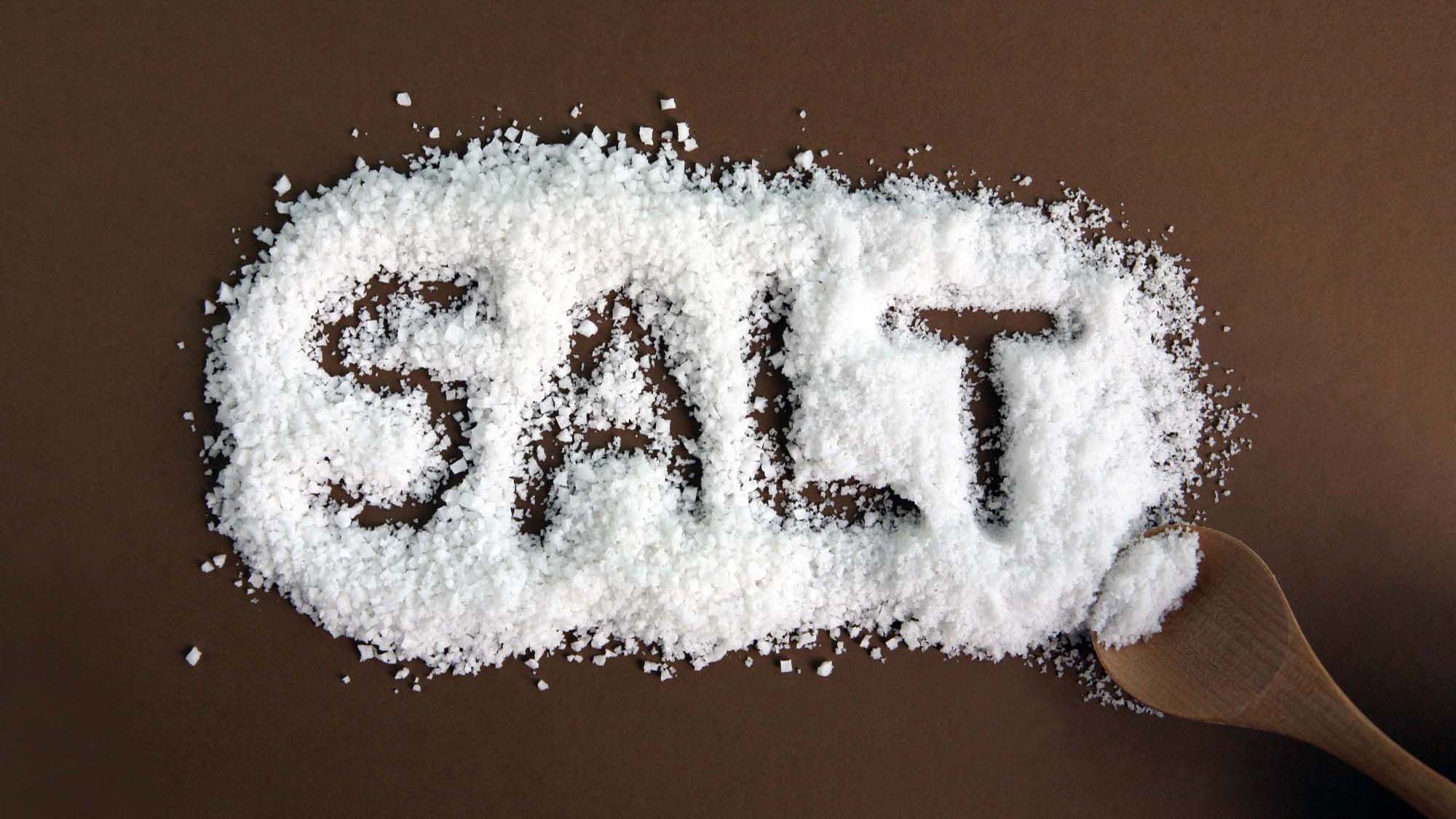Low Sodium Levels in the Elderly: Symptoms, Causes, and Solutions
01 Nov 2023

In almost all circumstances, drinking lots of water is great - after all, our bodies are 55 to 60 percent water. However, it's also possible for there to be excessive water in your blood, and that can lead to low blood sodium levels. This medical condition is called hyponatremia, and it's especially common in older adults.
You may experience hyponatremia if your blood sodium level is below 135 mEq/L (milliequivalents per liter). That's because the range of normal sodium levels in the average person, including older adults, is 135 to 145 mEq/L. The good news is that hyponatremia treatment is easy at all ages. Below, learn about the symptoms of low sodium levels in the elderly, why it happens, and how to address it.
Why are older adults more at risk of low sodium levels?
Some conditions that older adults experience more often than other populations are risk factors for low sodium levels. These include:
- Congestive heart failure. This common health problem can lead to fluid buildup in your body, diluting the sodium in your blood.
- Liver and kidney diseases. Some of these conditions lead to fluid buildup as well.
- Medication usage. Certain types of antidepressants, pain medicines, and diuretics can alter how your hormones and kidneys function. This altered functioning can lead to lower blood sodium levels.
- Malnutrition. Some experts who regularly work with older adults speak of a condition called "tea and toast syndrome." This condition's name stems from some older adults being unable or unwilling to prepare meals more complex than tea and toast. The lack of nutrition from these meals may lead to hyponatremia.
Additionally, some conditions that people of all ages, including older adults, experience may increase your hyponatremia risk. These include:
- Drinking too much water. The more water in your blood, the more diluted your blood sodium levels become, pushing you closer to hyponatremia.
- Syndrome of inappropriate antidiuretic hormone (SIADH). ). If your body produces too much antidiuretic hormone (ADH), you might not expel enough water via urine.
- The prescription drug carbamazepine. This drug, used to manage epilepsy, bipolar I disorder, and trigeminal neuralgia, often results in excess ADH production.
- Chronic or severe vomiting or diarrhea. . Your body increases ADH production and loses electrolytes, including sodium, during vomiting or diarrhea.
- Addison's disease. This adrenal gland disorder can interfere with the production of hormones that balance the amounts of sodium, potassium, and water in your body.
- Thyroid functioning. Low thyroid hormone levels are correlated with low blood sodium levels.
- Urinary tract infections. In younger people, especially children, urinary tract infections are correlated with episodes of hyponatremia.
According to a 2017 Clinical Interventions in Aging review, people with hyponatremia often live with more than one of the above conditions.
What are the symptoms of low sodium levels in the elderly?
Some common symptoms of low sodium levels in older adults (and all age groups) include:
- Headaches
- Nausea and vomiting
- Fatigue, drowsiness, and low energy levels
- Muscle spasms, cramps, or weakness
- Confusion
- Irritability and restlessness
Especially acute or severe cases could cause serious issues like seizures or a coma. The good news, though, is that many hyponatremia treatments involve simple lifestyle changes.
How do you address low sodium levels in the elderly?
Treating low sodium levels can involve the following approaches. Some of these can bring your sodium levels back to normal in a matter of days, whereas other approaches may involve a long-term commitment.
- Changing medications. Suppose you've been prescribed carbamazepine as part of your epilepsy treatment. Consider speaking with your doctor about other anti-seizure treatments that aren't correlated with hyponatremia.
- Drinking less water. Since 2004, the Institute of Medicine of the National Academies has recommended the intake of 91 to 125 ounces of water per day. This corresponds to approximately 11 to 16 cups per day. Keeping your water consumption in this range can maintain a proper amount of water in your body, helping you manage hyponatremia.
- Drink sports beverages. These sweet, colorful drinks are rich in electrolytes, including sodium. Drinking them regularly - and counting them toward your daily water intake amount since they're mostly water - can help you combat hyponatremia.
- Treating underlying conditions. . Seek a medical professional's help managing congestive heart failure, kidney disease, liver disease, or other conditions that might be causing your hyponatremia.
- Altering your diet. Eating foods high in sodium is an obvious way to boost your blood sodium levels. Protein-rich meals can also help you manage your sodium levels since protein, like sodium, is a major blood solute. Incorporating both these types of foods into your diet to increase sodium levels is more than easy - it's delicious.
5 meals for addressing low sodium levels in the elderly
The below meals are rich in protein, salt, or both - and they come together quickly.
-
Ham and penne skillet
Ham is always high in sodium since it's a cured meat. Plus, since it's a type of meat, it's inherently high-protein too. Combine ham with pasta in a skillet for a comforting, hyponatremia-combating take on a familiar lunch or dinner staple.
-
Cottage cheese breakfast bowls
Cottage cheese is derived from milk, so it's high in protein by default. It also contains 20 percent of the recommended daily sodium intake per serving. Using it as the base of a five-minute breakfast bowl with honey, cinnamon, nuts, and fruits makes for a healthy, high-sodium start to your day.
-
Homemade soup
Any sort of homemade soup you make using store-bought broth will be high-sodium. That's because there are 955 milligrams (mg) of sodium in one bouillon cube - 39 percent of the recommended daily intake.
Try this classic chicken noodle soup recipe to couple your high-sodium broth with ample protein. Your cooking time will be even faster if you replace fresh veggies you chop yourself with frozen, pre-chopped carrots.
-
Teriyaki grilled chicken and pineapple skewers
Soy sauce is a key ingredient in teriyaki, and soy sauce is notoriously high in sodium. Using teriyaki to flavor high-protein grilled chicken can thus ensure your next meal is great for boosting your sodium levels. It's easy, too - chicken takes just minutes to sear or bake to food-safe temperatures. The pineapple on the side adds a sweet-and-sour tropical punch to these colorful dinnertime skewers that complement all the other flavors.
-
Pulled pork sandwiches
There are 509 mg of sodium in a serving of pulled pork. This means that a pulled pork sandwich (or two) can make for a good lunch or dinner option. The pork's high protein content helps too, and most of the cooking magic happens inside a slow cooker for easy eating. Perhaps best of all, though, are those undeniable classic barbecue flavors.
Support your sodium needs with Meal Village
Maybe you aren't willing or able to cook even the easiest high-sodium, high-protein meals. With Meal Village, you can get nutritious, delicious, high-sodium meals delivered right to your door. Meal Village isn't a meal kit - instead of chopping, cooking, and cleaning, you get fresh, ready-to-eat meals delivered right to your doorstep. Just heat, eat, and start working toward getting your sodium levels back on track. Browse the Meal Village menu now, then order over the phone or online for healthy meals under $10 each, full of flavors you'll never forget.



